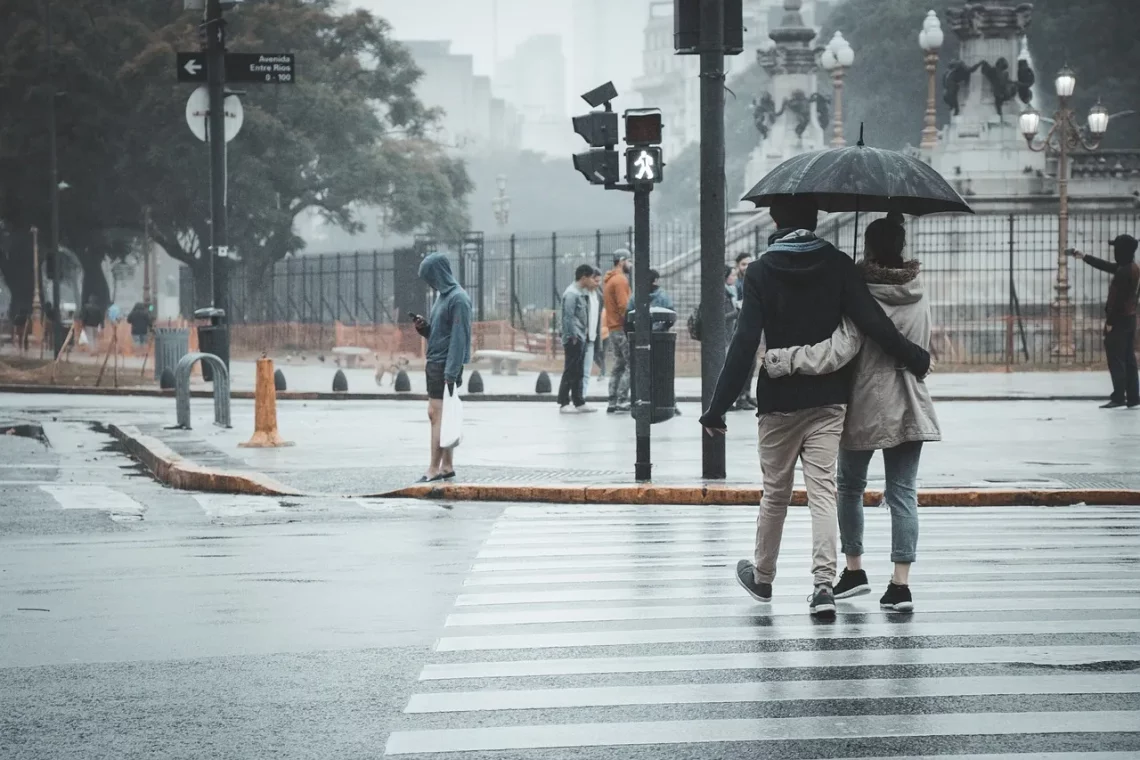
Exploring Complex Relationships in Dad and Daughter Cinema
The intricate dynamics of father-daughter relationships have long been a subject of fascination in cinema. These relationships, often layered with complexity, embody a wide array of emotions, from unconditional love to deep-seated conflicts. Movies have the unique ability to encapsulate the essence of these bonds, offering viewers a lens through which to explore their own familial connections. The portrayal of fathers and daughters on screen can evoke a spectrum of feelings, ranging from nostalgia and warmth to tension and heartbreak.
As we delve into the world of dad and daughter cinema, it becomes evident that these narratives serve multiple purposes. They not only entertain but also provoke thought and reflection on the nature of relationships. Through storytelling, filmmakers can challenge societal norms, question traditional roles, and highlight the evolving nature of family dynamics. The films often reflect the complexities of growing up, the struggles of communication, and the bittersweet reality of letting go.
Moreover, the representation of these relationships can differ significantly across cultures and genres, providing a rich tapestry of stories that resonate with diverse audiences. Whether through dramatic narratives or light-hearted comedies, the interactions between fathers and daughters often reveal deeper truths about love, sacrifice, and the relentless passage of time. This exploration invites us to consider how these cinematic portrayals mirror our own experiences and the universal themes that bind us all.
Unpacking the Emotional Depth of Father-Daughter Bonds
The emotional depth of father-daughter relationships is a frequent focal point in cinema, often portrayed with a sense of poignancy and realism. These bonds can be characterized by a unique blend of affection, admiration, and sometimes, underlying tension. The father figure often embodies a protector, a mentor, or even a source of conflict, shaping the daughter’s identity and worldview.
In many films, the father’s role is multifaceted. He can be depicted as a heroic figure, guiding his daughter through life’s challenges while instilling values and wisdom. Alternatively, he might be portrayed as a flawed individual, struggling with his own insecurities and failures, which can lead to strained interactions. Such portrayals resonate with audiences, as they reflect the real-life complexities of familial relationships.
One of the most powerful aspects of these narratives is the way they often highlight the daughter’s journey towards independence. As daughters grow and assert their individuality, conflicts may arise, leading to a reevaluation of the father-daughter dynamic. This is a theme explored in various films, where the journey of self-discovery is intertwined with the need for approval and acceptance from the father.
Moreover, the emotional stakes are heightened when external factors come into play, such as societal expectations, cultural norms, or personal crises. These elements can complicate the relationship further, making reconciliation a profound and often pivotal moment in the narrative arc. The resolution of these conflicts, whether through understanding, forgiveness, or acceptance, often leaves a lasting impact on viewers, inviting them to reflect on their own relationships.
Overall, the exploration of emotional depth in father-daughter bonds not only enriches the narrative but also fosters a deeper connection with the audience. These stories remind us of the importance of communication, empathy, and the enduring nature of love, even amidst the complexities of human relationships.
Father Figures in Different Cultural Contexts
Cinema serves as a mirror reflecting societal values and cultural nuances, and the representation of father figures in father-daughter narratives varies significantly across different cultures. In Western cinema, fathers are often portrayed as either authoritative figures or nurturing protectors, embodying the ideals of masculinity that emphasize strength and resilience. These portrayals can influence societal expectations regarding fatherhood, often leading to a binary understanding of male roles in the family.
Conversely, in many Eastern cultures, father figures might be depicted through a more traditional lens, where respect and duty play a central role in the father-daughter dynamic. Films from these cultures often highlight the patriarchal structure, where the father’s authority is rarely questioned. However, modern storytelling has begun to challenge these conventions, showcasing fathers who are more emotionally available and supportive, thus bridging the gap between tradition and contemporary values.
Moreover, the influence of globalization has led to a blending of these cultural narratives, resulting in a diverse array of father-daughter stories that appeal to a global audience. For instance, films that transcend cultural boundaries often depict fathers as multi-dimensional characters, capable of vulnerability and growth. This evolution reflects changing societal attitudes towards masculinity and the recognition of the importance of emotional intelligence in parenting.
Additionally, the portrayal of cultural rituals and familial obligations in these narratives adds another layer of complexity. In many films, the father’s relationship with his daughter is intertwined with cultural traditions, highlighting the significance of heritage and identity. Such narratives not only explore personal relationships but also serve as a commentary on the broader societal context in which these relationships exist.
By examining father figures across cultural contexts, we gain insight into the diverse ways in which these relationships are experienced and understood. This exploration enriches the cinematic landscape, offering audiences a broader perspective on the complexities of father-daughter bonds, while also promoting empathy and understanding across different cultural backgrounds.
The Evolution of Father-Daughter Stories in Modern Cinema
The evolution of father-daughter stories in modern cinema reflects broader societal changes and shifts in family dynamics. Traditionally, these narratives often centered around a singular storyline: the father as the authoritative figure guiding his daughter towards adulthood. However, contemporary films have begun to embrace a more nuanced approach, portraying fathers as emotionally complex characters who navigate the challenges of parenting in an ever-changing world.
One of the most significant changes in modern storytelling is the increased representation of diverse family structures. Films now frequently explore single fatherhood, blended families, and non-traditional relationships, broadening the scope of what a father-daughter relationship can look like. This shift not only reflects societal changes but also offers a more inclusive representation of family dynamics, resonating with audiences who may not see their own experiences reflected in traditional narratives.
Furthermore, the portrayal of fathers in modern cinema often emphasizes vulnerability and emotional depth. Gone are the days of stoic, unfeeling patriarchs; today’s fathers are portrayed as nurturing, empathetic individuals who are actively involved in their daughters’ lives. This evolution allows for richer storytelling, as it highlights the importance of emotional connection and communication in building strong relationships.
Additionally, the exploration of themes such as mental health, identity, and societal pressures has become more prevalent in father-daughter narratives. These themes resonate with audiences, as they address real-life issues that many families face today. By tackling these subjects, filmmakers can create a more authentic representation of the father-daughter dynamic, inviting viewers to engage in meaningful discussions about their own relationships.
Moreover, the rise of female filmmakers and writers has contributed to this evolution. With more diverse voices in the industry, the stories being told are more varied and reflective of different experiences. Female perspectives can add layers of complexity to the portrayal of father-daughter relationships, offering a fresh take on familiar themes.
In conclusion, the evolution of father-daughter stories in modern cinema signifies a broader cultural shift towards understanding and embracing the complexities of familial relationships. By exploring diverse narratives and challenging traditional portrayals, filmmakers can create stories that resonate with audiences on a deeper level, encouraging empathy and connection in an increasingly fragmented world.
The Impact of Cinema on Real-Life Father-Daughter Relationships
The impact of cinema on real-life father-daughter relationships is profound, as films can influence perceptions, shape expectations, and even inspire dialogue between family members. Through the lens of storytelling, viewers often see reflections of their own experiences, leading to a greater understanding of their relationships.
One of the most notable effects of cinematic portrayals is the normalization of discussing emotions within the father-daughter dynamic. Films that depict open communication and vulnerability can empower viewers to embrace similar behaviors in their own lives. This representation can serve as a catalyst for conversations that may have previously felt awkward or uncomfortable, providing a framework for families to express their feelings more freely.
Additionally, cinema can challenge stereotypes and societal norms surrounding fatherhood. By showcasing diverse representations of fathers, filmmakers can break down preconceived notions of masculinity and encourage men to embrace a wider range of emotional expressions. This shift can have a ripple effect, inspiring fathers to engage with their daughters in more meaningful ways and fostering stronger bonds.
Moreover, the themes explored in father-daughter films often resonate with viewers on a personal level, prompting introspection and reflection. Audiences may find themselves considering their own relationships, leading to insights about familial love, sacrifice, and the complexities of growing up. This reflective process can pave the way for healing and reconciliation in relationships that may have been strained or complicated.
Furthermore, cinema has the power to create a sense of shared experience among viewers. When people watch a film that resonates with their own family dynamics, it can foster a sense of belonging and understanding. This communal aspect of storytelling can lead to discussions among friends and family members, creating opportunities for deeper connections and shared insights.
In essence, the impact of cinema on real-life father-daughter relationships is significant. By providing relatable narratives and challenging traditional portrayals, films can inspire dialogue, encourage emotional expression, and ultimately strengthen the bonds between fathers and daughters. As audiences engage with these stories, they are invited to reflect on their own experiences, fostering a deeper understanding of the complexities of love, communication, and connection in their lives.




